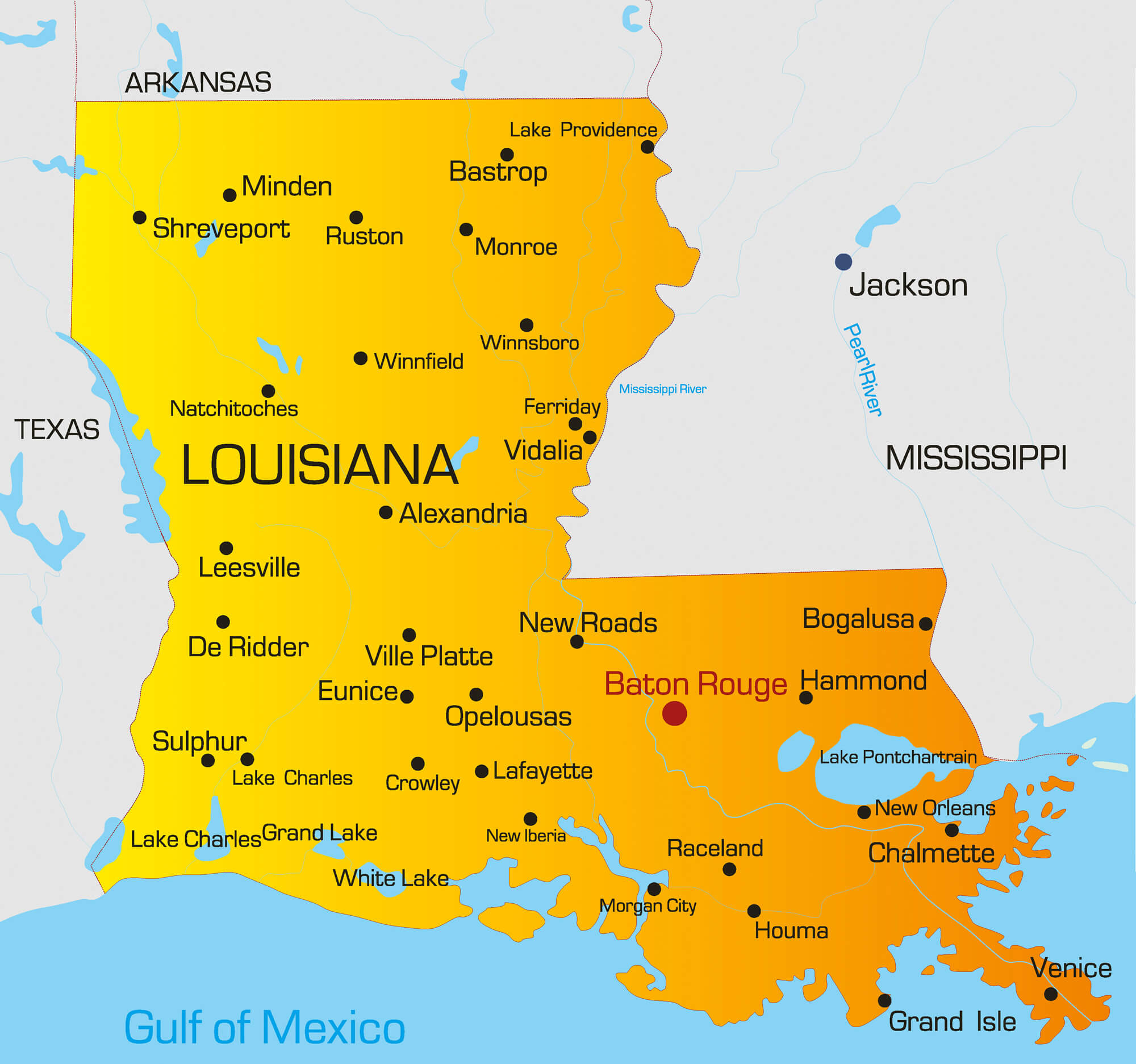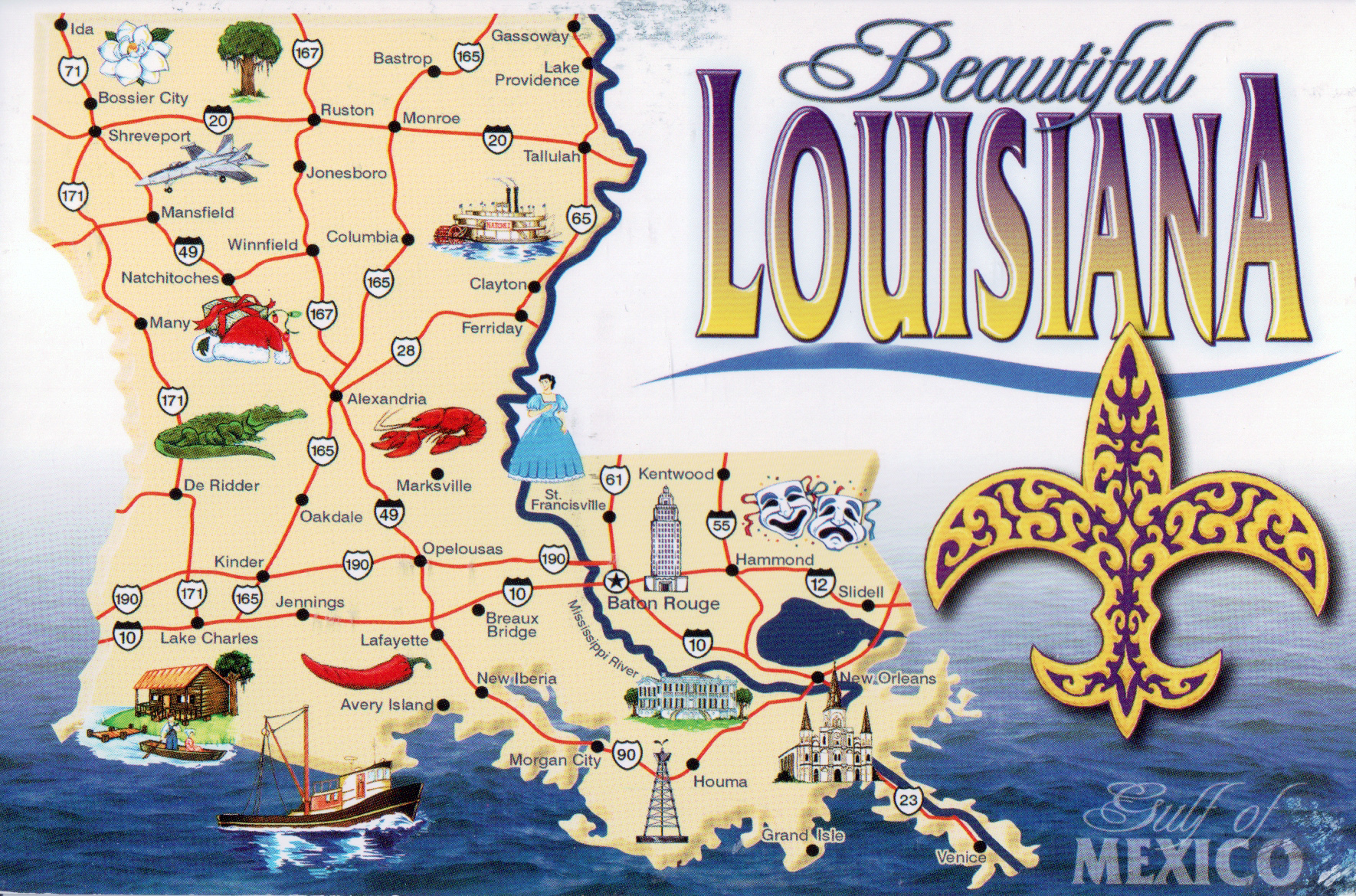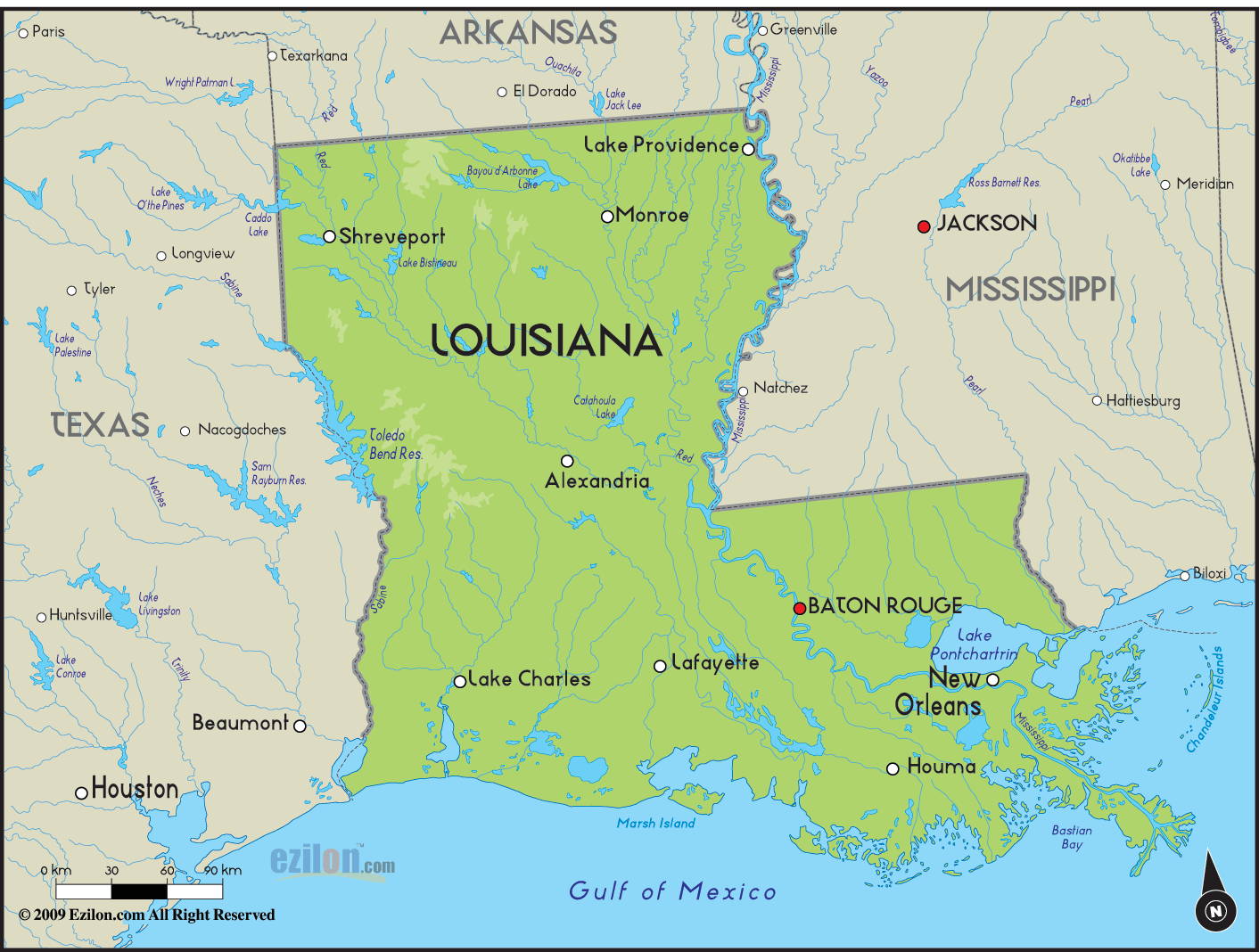Louisiana Nottoway Plantation - A Grand Southern Story
Imagine a place where history whispers through grand halls, where the air carries tales from a time long past. That, in a way, is the feeling you get when you consider Nottoway, a truly remarkable estate in Louisiana. It stands as the biggest antebellum home remaining in the entire southern part of the country, a magnificent structure that has seen so much unfold over the years. Positioned right on the well-known River Road, nestled between the lively cities of Baton Rouge and New Orleans, this historic mansion invites you to step back and take it all in. It’s a place that, you know, captures a significant piece of America's story, both its grandeur and its somber truths.
This impressive property, often referred to as Nottoway Resort these days, has a story that stretches back to 1859. It was brought to life as a sugar plantation, a massive undertaking that, quite honestly, relied on the difficult and forced labor of enslaved people, all for the vision of John Hampden Randolph. The sheer scale of the building, and the effort it took to create such a place, is something to really think about. It’s a structure that, in some respects, tells a tale of both immense wealth and profound human cost, a key part of the broader narrative of the South.
Over the years, this iconic Louisiana landmark has seen a great deal of change. From enduring the upheaval of the Civil War to passing through many different hands, and even transforming into a popular spot for celebrations and a welcoming resort, its journey has been quite something. It's a place that continues to draw visitors who want to connect with a tangible piece of the past, offering a chance to reflect on the complex layers of history that are, you know, woven into its very foundations. This striking restored mansion, as a matter of fact, really does stand as a testament to the passage of time and the enduring nature of significant places.
What is the Story Behind Louisiana Nottoway Plantation's Beginnings?
The story of Nottoway Plantation, or Nottoway Plantation House as it was also known, begins in the mid-19th century, specifically in 1859. It was built near White Castle, Louisiana, a spot that, you know, holds its own quiet charm along the Mississippi River. The vision for this truly grand home belonged to John Hampden Randolph, who aimed to create a substantial sugar plantation. This endeavor, quite frankly, was a colossal undertaking, one that required immense resources and, tragically, the forced labor of enslaved individuals. They were the ones who, literally, constructed this impressive structure and kept the sugar operation running. The sheer size of the mansion, even then, was something that stood out, making it one of the biggest homes of its kind in the region.
The very fabric of Nottoway, from its foundations to its soaring columns, is, in a way, tied to the labor of those who were enslaved. This includes not just the adults, but also, very sadly, children who were made to work in the brutal millwork associated with sugar production. Louisiana's sugar plantations, Nottoway among them, recorded some of the highest rates of passing away among enslaved people, a truly somber fact that speaks to the harsh conditions they faced. This aspect of its history is, honestly, a vital part of understanding the plantation's full story, reminding us of the human lives that were, in fact, integral to its creation and operation. It's a truth that, you know, needs to be remembered when we consider the beauty and grandeur of the estate today.
How Did Louisiana Nottoway Plantation Change Over Time?
Nottoway Plantation has gone through a remarkable series of transformations since its original construction. After its early days as a bustling sugar operation, the winds of change brought by the Civil War swept through the South, and Nottoway, too, felt the impact. The conflict, as you might imagine, altered the very landscape of life and labor in Louisiana, and the plantation had to adapt. Over the decades that followed, ownership of the property changed hands a number of times, each new owner bringing their own perspective and purpose to the grand estate. It’s interesting to think about how different families and individuals have, like, shaped its path over the years.
- Brandon Exchange
- Marcus Century Cinema
- Insignia Steakhouse
- Great Wolf Lodge Williamsburg Va
- Island 16 Holtsville
In more recent times, Nottoway has taken on a new role, becoming a popular resort and a sought-after place for weddings and special gatherings. This shift represents a significant evolution for the historic site, allowing people to experience its beauty and scale in a different light. The ambitious plans to restore Nottoway, launched by its current owners, are, in fact, a bold move to preserve a significant piece of Louisiana’s cultural heritage. These efforts aim to keep the mansion in excellent condition, ensuring that future generations can also appreciate its architectural splendor and, you know, connect with its past. It's a continuous process of care and upkeep, making sure this grand old place endures.
What Makes Louisiana Nottoway Plantation an Architectural Marvel?
When you first catch sight of Nottoway, especially if you’re cruising along the Great River Road between New Orleans and Baton Rouge, it’s, quite honestly, an unforgettable experience. This white-colonnaded giant seems to rise above the cane fields, its sheer size and elegant design immediately capturing your attention. It is, in fact, the largest remaining antebellum mansion in the South, a true architectural wonder that showcases the grand style of its era. The scale of the place is, you know, something that really hits you; it’s not just a big house, it’s an expansive estate designed to impress and function as the heart of a vast sugar operation.
The mansion’s design is a striking example of Greek Revival and Italianate styles, creating a unique and visually stunning appearance. Its many rooms, the intricate details of its plasterwork, and the sheer volume of space within its walls all speak to the craftsmanship and ambition of its original builders. Despite its age and the various challenges it has faced, including a fire that, you know, ripped through parts of the historic structure at one point, Nottoway has been lovingly restored. This careful work has brought back much of its original glory, allowing visitors today to walk through halls that feel, very much, like stepping back in time. It’s a powerful experience to see such a well-preserved piece of history.
Is Louisiana Nottoway Plantation Considered Controversial?
Yes, Nottoway Plantation, now often called Nottoway Resort, holds the distinction of being the South’s largest remaining antebellum mansion, but it is also, quite openly, acknowledged as its most controversial plantation. This controversy stems directly from its foundational history as a sugar plantation that was, as a matter of fact, built and operated by enslaved people. The wealth and grandeur of the estate were, basically, created through a system that relied on the brutal exploitation of human beings. This is a truth that cannot be separated from the beauty of the architecture or the serene setting.
The historical records, as I was saying, indicate that Louisiana’s sugar plantations, including Nottoway, saw some of the highest rates of enslaved people passing away. Children, too, were forced into difficult labor, not spared from the demands of the sugar mills. Acknowledging this painful past is, you know, an essential part of understanding Nottoway's full story. While it serves as a stunning restored mansion and a popular destination today, its past reminds us of the profound injustices that were central to its existence. It’s a place that, really, prompts visitors to reflect on the complex layers of history, both the beautiful and the tragic, that are inherent to its legacy.
What Role Does Louisiana Play in the Story of Nottoway Plantation?
Louisiana itself is a state rich with history and unique characteristics, and Nottoway Plantation is, in a way, a perfect embodiment of many of these qualities. The state’s location, right where the mighty Mississippi River system meets the Gulf of Mexico, made it a prime spot for various indigenous groups for thousands of years before European settlement. This strategic position, and its incredible biodiversity, have always made Louisiana a place of great significance. Nottoway, situated right on the River Road, benefits directly from this geographical advantage, being located in a region that was, you know, historically vital for trade and agriculture.
Throughout much of its early history, Louisiana served as a major trading and financial hub. The fertility of its land was, quite honestly, extraordinary, making it one of the richest regions in America. This was especially true as crops like indigo, then sugar, and later cotton, became incredibly profitable. Nottoway’s existence as a large sugar plantation is, therefore, deeply tied to this economic and agricultural boom in Louisiana. The state's unique blend of cultures, from the French influence in Acadiana (often called Cajun Country) to the bustling river parishes, all contribute to the backdrop against which Nottoway's story unfolds. It’s a place that, very much, reflects the broader narrative of Louisiana itself, a state known for its vibrant culture and, you know, its profound historical depth.
How Does Louisiana's History Connect with Louisiana Nottoway Plantation?
Louisiana's history is, in many respects, a vibrant tapestry of different influences and significant events, and Nottoway Plantation is, basically, woven directly into that fabric. The state, a constituent part of the United States, is marked by its borders with Arkansas to the north, Mississippi to the east, and Texas to the west. Its unique geography, from the 120 miles of river parishes along the Mississippi to the distinct Acadiana region, has shaped its identity. Nottoway, being a prominent feature of the River Road, is, you know, right in the heart of this historically rich area, deeply connected to the state's past.
The state's economic rise, fueled by its fertile lands and the cultivation of cash crops like sugar, directly explains the immense wealth that allowed for the construction of places like Nottoway. This period, while bringing prosperity to some, was, as a matter of fact, built upon the system of slavery, a reality that Nottoway’s history clearly illustrates. Louisiana's story also includes its journey through various political changes, its role in the Civil Rights movement, and its ongoing efforts to preserve its cultural heritage. Nottoway, with its own history of enduring conflict, changing ownership, and ongoing preservation efforts, mirrors these broader themes in Louisiana's narrative. It’s a place that, really, offers a tangible link to the state's complex and, you know, often challenging past.
Can Visitors Experience Louisiana Nottoway Plantation Today?
Absolutely, visitors can, in fact, experience Louisiana Nottoway Plantation today, and it’s quite an experience. It operates as Nottoway Resort, welcoming guests who wish to explore its grandeur and learn about its complex history. Planning a tour of this architectural wonder is, you know, a popular activity for those traveling between Baton Rouge and New Orleans. You can wander through its stunning restored rooms, taking in the intricate details and imagining what life might have been like within its walls so many years ago. It’s a chance to see, up close, the largest antebellum mansion in the South, a truly impressive sight.
The transformation of Nottoway into a resort means that it offers more than just historical tours. Guests can stay overnight, dine in its restaurants, and even host events like weddings, making it a living, breathing part of Louisiana's present while still honoring its past. This dual role allows the mansion to continue its existence, supported by tourism and hospitality, which, basically, helps fund the ongoing preservation efforts. It's a way for people to genuinely connect with the site, to walk the grounds, and to reflect on the stories it holds. The fact that it’s still standing, and still so accessible, is, you know, a testament to its enduring appeal and significance.
Nottoway offers a unique opportunity to immerse yourself in a piece of Louisiana's rich history and, in a way, its vibrant culture. From exploring the mansion itself to understanding its place within the broader context of the state's past, including the difficult truths of slavery, it provides a comprehensive look. It’s a chance to see how such a grand structure has adapted over time, from a working plantation to a resort, and to consider the many layers of its story. This experience, in fact, contributes to a deeper appreciation of Louisiana's unique heritage, blending architectural beauty with, you know, profound historical lessons.
This article has explored Nottoway Plantation, the South’s largest antebellum mansion located in Louisiana. We've looked at its origins as a sugar plantation built in 1859 by enslaved labor for John Hampden Randolph, its location near White Castle between Baton Rouge and New Orleans, and its transformation through the Civil War, changing ownership, and its current role as a resort and wedding venue. We touched upon the architectural marvel that it is, its controversial past rooted in the high mortality rates among enslaved people, and how its story is deeply intertwined with Louisiana's rich, yet complex, history as a fertile trading center and a state of diverse cultures. Finally, we noted its accessibility for visitors today, offering tours and accommodations.
- Polly Princess
- Swiftwater Hotel
- Glenn Cambre Lawyer
- Club Wyndham Royal Garden At Waikiki
- Logans Candies

Louisiana Map - Guide of the World

Large tourist map of Louisiana state | Louisiana state | USA | Maps of

Map of Louisiana - TravelsFinders.Com